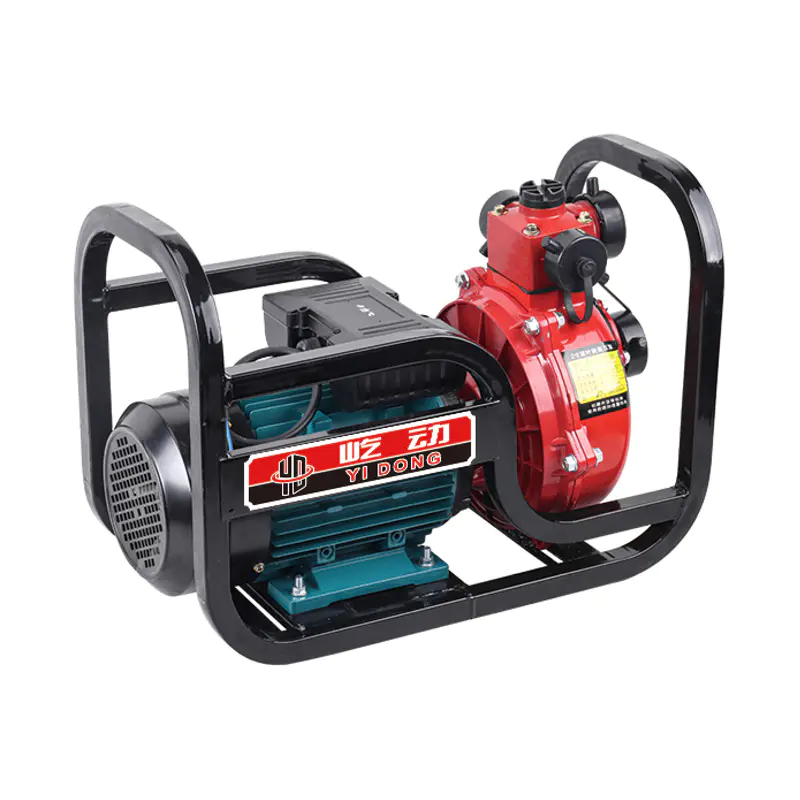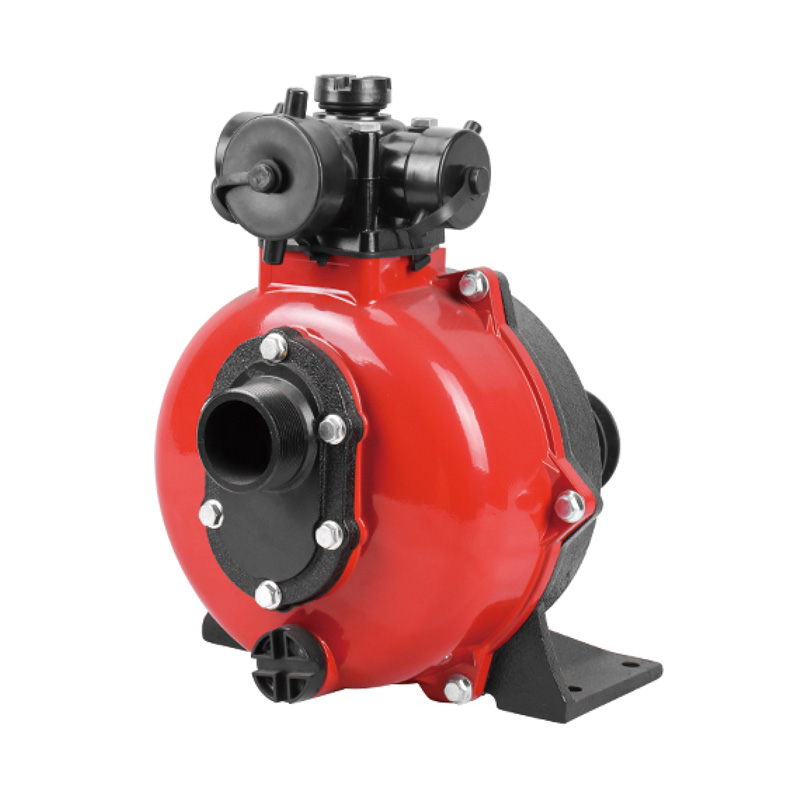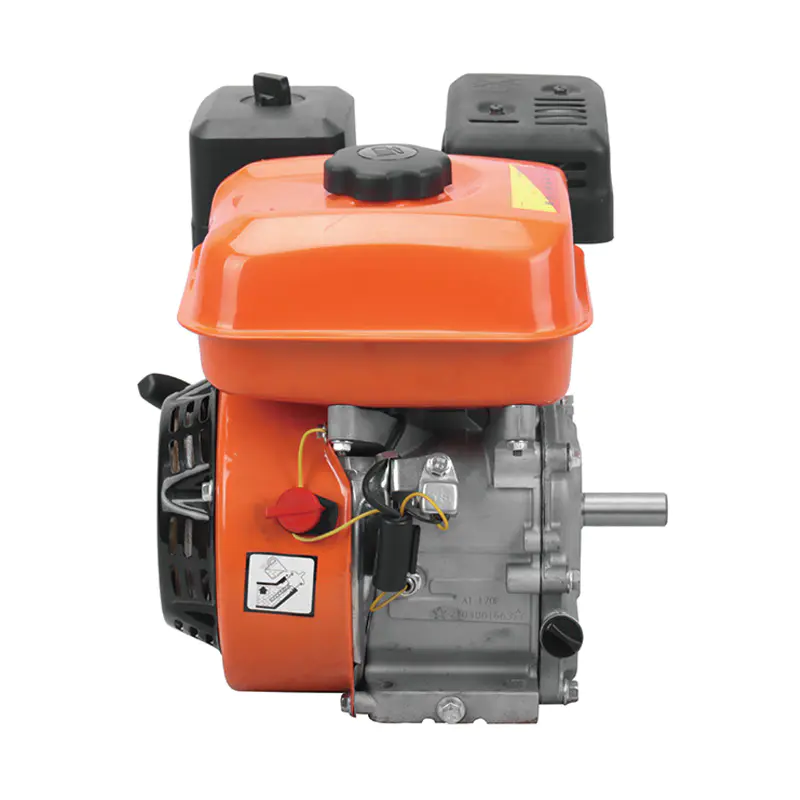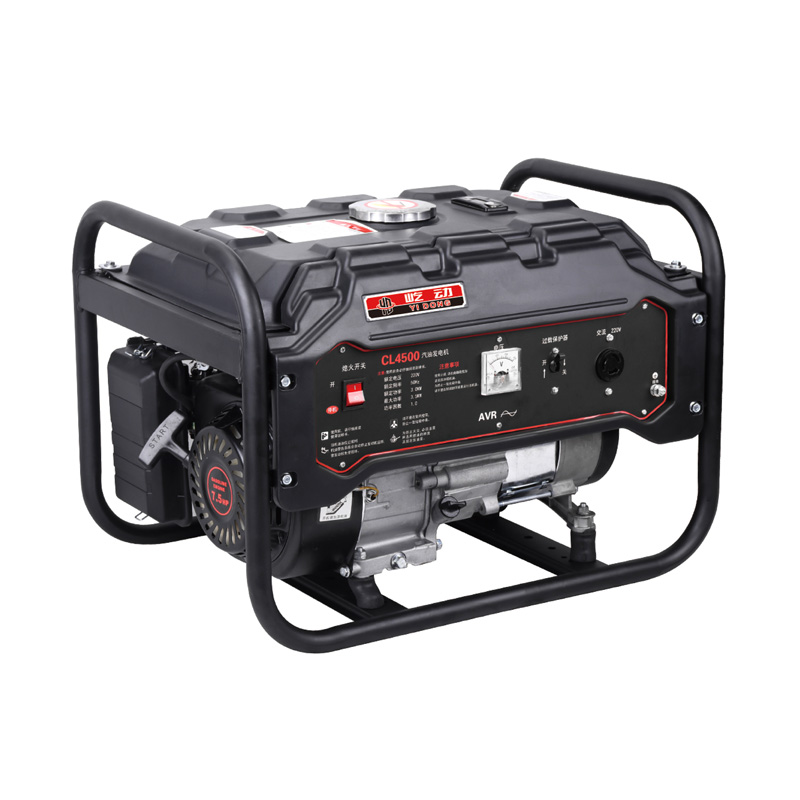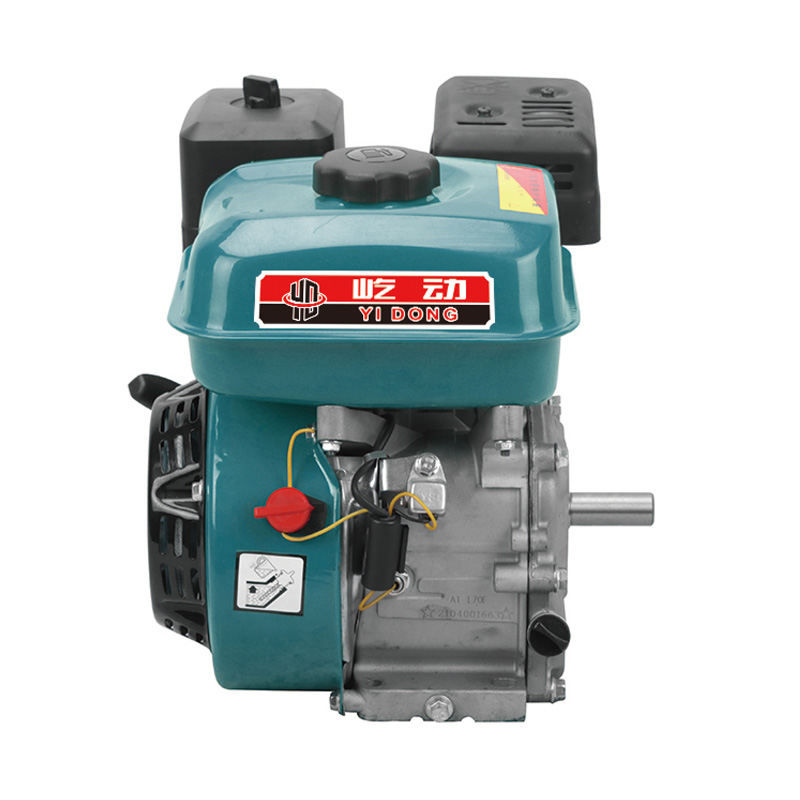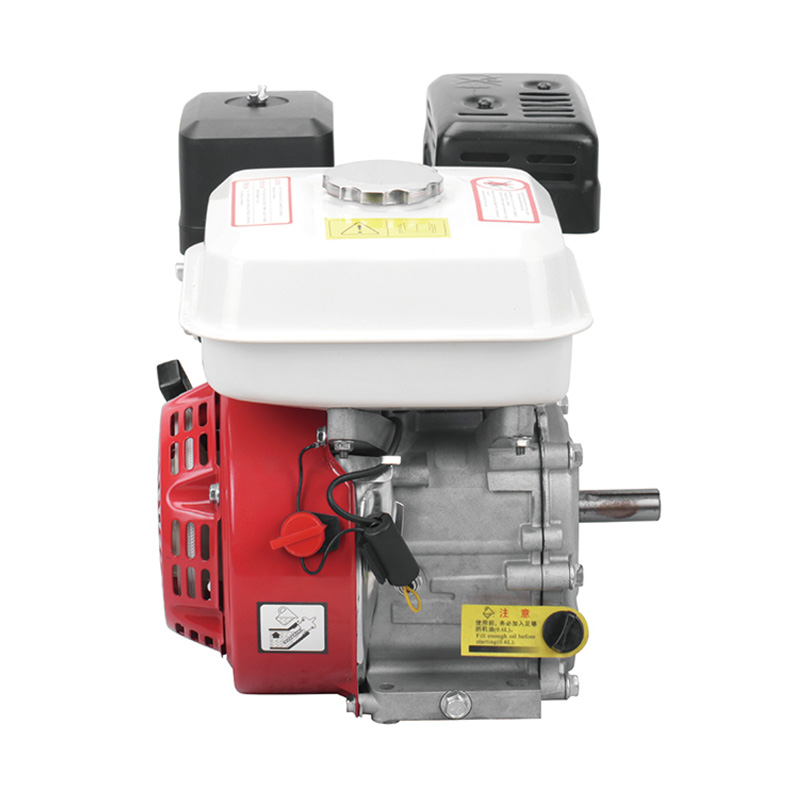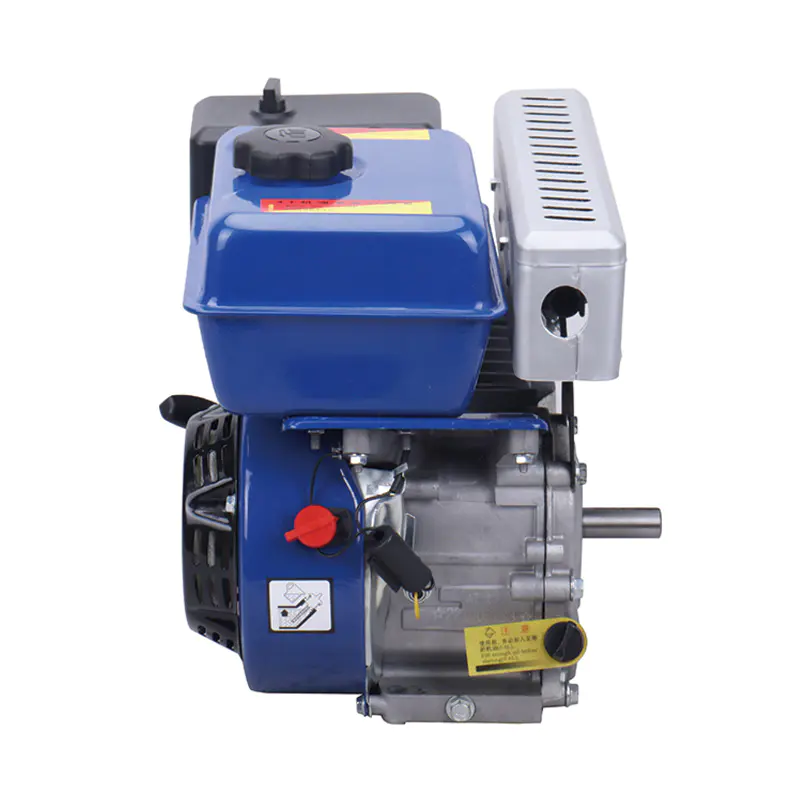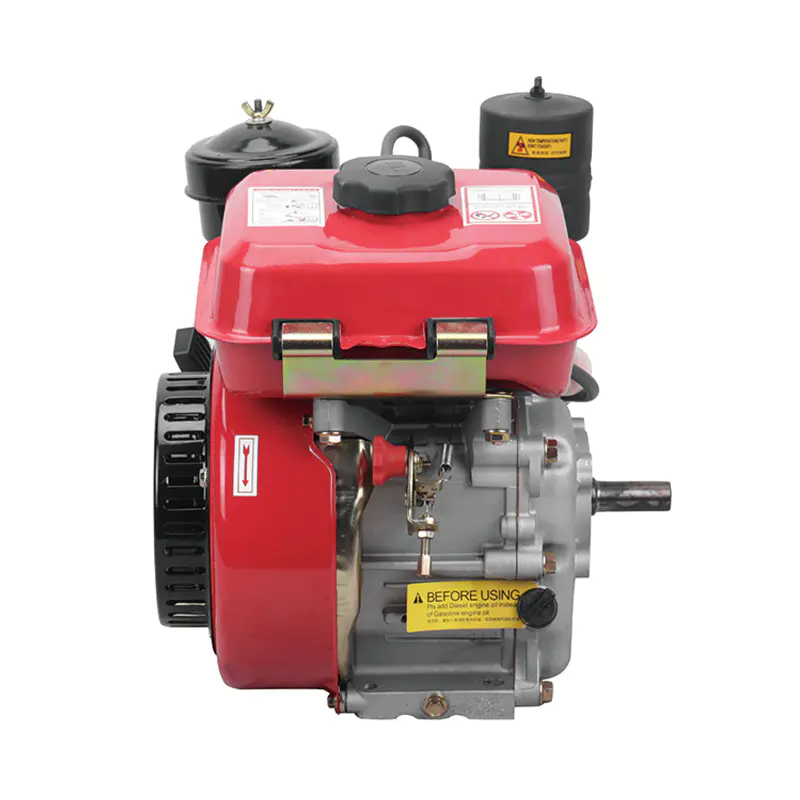The realm of fluid dynamics and pump technology has seen significant advancements in recent years, with high-flow electric water pumps becoming a staple in various industrial and residential applications. These pumps are designed to handle large volumes of liquid, ensuring efficient water circulation and transfer. But can these pumps withstand the test of liquid temperatures? The answer is a resounding yes, but with certain conditions and specifications.
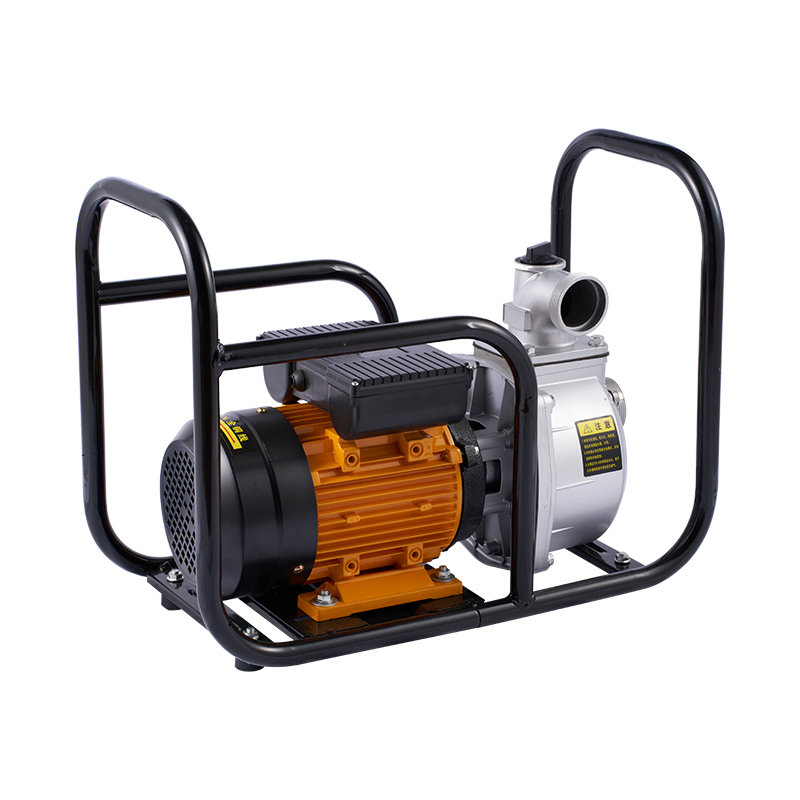
High-flow electric water pumps are engineered to operate within a specific temperature range, typically between -20°C to 90°C (-4°F to 194°F). This range ensures that the pump's motor and mechanical components are protected from damage due to overheating or freezing. The materials used in the construction of these pumps, such as stainless steel and high-grade plastics, are chosen for their thermal resistance and durability.
However, it's crucial to note that exceeding these temperature limits can reduced pump performance or even failure. For applications involving hot or cold liquids, special high-temperature or cryogenic pumps are required. These pumps are designed with materials that can withstand higher temperature fluctuations without compromising the pump's integrity.
The Crucial Role of High-Volume Centrifugal Pumps in Residential Settings
Centrifugal pumps are a common sight in residential settings, from water supply systems to irrigation and even sewage management. High-volume centrifugal pumps, in particular, play a vital role in maintaining the comfort and functionality of modern homes.
One of the primary benefits of high-volume centrifugal pumps in residential applications is their ability to handle large amounts of water efficiently. This is particularly important for homes with multiple bathrooms, swimming pools, or extensive garden areas that require a steady supply of water. These pumps ensure that water pressure remains consistent, even during peak usage times.
Another advantage is their reliability. High-volume centrifugal pumps are designed to operate continuously for extended periods without failure. This reliability is crucial for homeowners who depend on these systems for daily activities such as showering, cooking, and cleaning.
Moreover, these pumps are energy-efficient, which can significant cost savings for homeowners. By maintaining flow rates without wasting energy, high-volume centrifugal pumps help reduce electricity bills while still providing the necessary water volume.
Safety Precautions for Large Diesel Water Pumps - What to Know
When it comes to large diesel water pumps, safety should be a top priority. These pumps are powerful machines that, if not handled correctly, can pose significant risks. Here are some essential safety precautions to consider when operating or maintaining large diesel water pumps.
It's crucial to understand the specific safety guidelines provided by the pump manufacturer. Each model may have unique safety features or requirements that need to be adhered to for safe operation.
Regular maintenance is another key aspect of safety. Large diesel water pumps should be inspected regularly to ensure that all components are in good working order. This includes checking for leaks, wear and tear, and proper alignment of the pump and its components. Neglecting maintenance can pump failure or accidents.
Personal protective equipment (PPE) is a must when working with large diesel water pumps. This includes gloves, safety glasses, and ear protection to shield against potential hazards such as sharp edges, flying debris, and loud noise levels.
It's also important to ensure that the pump is installed in a well-ventilated area to avoid the buildup of harmful exhaust fumes. Additionally, the pump should be grounded to prevent any electrical hazards.
In the event of an emergency, all operators should be trained on how to shut down the pump safely and quickly. This includes understanding the location and operation of all emergency shut-off valves and switches.
Never attempt to operate a large diesel water pump without proper training. Understanding how the pump works, as well as its potential hazards, is essential to operating it safely.



 English
English русский
русский Français
Français Español
Español عربى
عربى